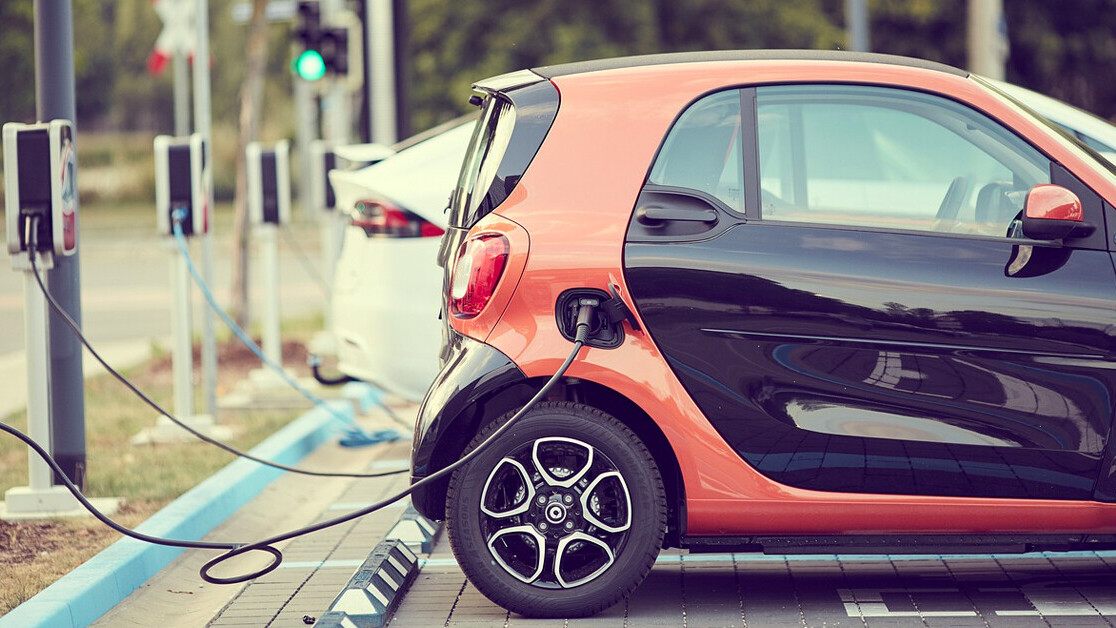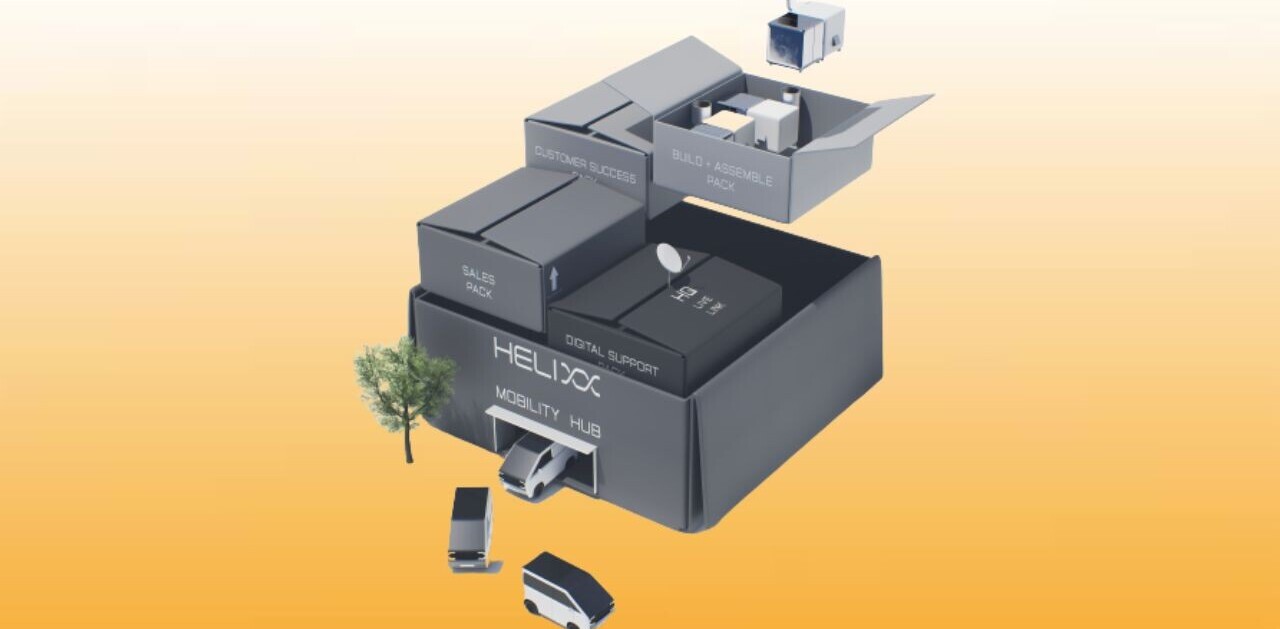This article was originally published on Cities Today, the leading news platform on urban mobility and innovation, reaching an international audience of city leaders. For the latest updates follow Cities Today on Twitter, Facebook, LinkedIn, Instagram, and YouTube, or sign up for Cities Today News.
With electric vehicle (EV) sales booming across the US in recent years, cities must keep pace and begin actively planning their city’s electric vehicle infrastructure, ensuring residents and businesses are able to easily electrify.
The number of EVs on US roads is projected to reach 18.7 million by 2030, up from 1 million at the end of 2018. States including California and Massachusetts have already committed to phasing out sales of new internal combustion engine (ICE) vehicles by 2035, and more are expected to follow. Automakers have taken heed of changes and are increasingly diversifying vehicle output towards electric. Cities of every size must now prepare.
“While the big cities get most of the press for their electrification initiatives, smaller cities can actually adapt and futureproof more quickly in ways that are equitable and community-focused,” said Oliver Adrian, Head of Consulting at eMobility firm Hubject. “That quick adaptability has real impact and is the real engine of national change.”
The task can seem daunting due to the number of factors that need to be taken into account, such as prioritizing actions, balancing a short and long-term view, identifying gaps in EV infrastructure and opportunities where it can be deployed most effectively, ensuring financial sustainability, and getting the right stakeholders around the table.
The process doesn’t have to be time-consuming or expensive, though, as pioneering cities are showing by working with expert partners who understand the charging landscape and who are connected to key players.
This can be the most effective way to develop a tailored, comprehensive plan that is built for quick deployment, geographic equity, and growth opportunities.
[Read: ]
Charging ahead
Peachtree Corners in Georgia, for instance, is already underway with a comprehensive EV infrastructure strategy which it developed with Hubject.
The city recently opened a new EV fast-charging plaza which can fast-charge up to 16 vehicles simultaneously. The deployment is the first measure from the city’s new electrification plan.
Hubject’s analysis identified that Peachtree Corners was essentially “an EV fast-charging desert,” particularly considering the growing electric vehicle ownership in and around the city. The company analyzed the city’s residential, business, and retail layout, as well as traffic patterns and electrical capacity to identify the ideal location for the charging plaza, which is situated at Peachtree Corners town center.
Twelve Tesla V3 superchargers are now operational at the plaza as well as four universal charging stations. Two 350 kW chargers, and two 150 kW chargers, will go live this month, making the plaza capable of charging all types of EV models. It will be one of the largest public charging facilities in the state of Georgia and the largest in the Metropolitan Atlanta area.
“More than 55,000 vehicles a day will pass by the new charging hub via the main corridor, reflecting our initiative’s immense impact on the larger region, in addition to Peachtree Corners residents,” said Brian Johnson, City Manager of Peachtree Corners. “Not only is this a significant economic driver for our city, attracting retail and other related activities, but it’s also serving as a model for other communities across the nation to follow as electrification continues to expand.”
Business models
Getting the right business models in place is a key area where expert input can be beneficial, including negotiating, contracting, and publicity. In Peachtree Corners, for instance, the chargers were funded by the charging network providers, who recognized the value of the site to their customers.
“Working with Hubject allowed us to accelerate our EV charging deployment efforts without exceeding our budget,” Johnson said. “The Hubject team identified our needs and connected us with key players, which resulted in the quick development of an Electrify America charging station and the largest Tesla Supercharging station in the Atlanta metro area.”
The partnership between Hubject and Peachtree Corners is set to continue into 2021 and activities will include additional grant-funded electrification projects and other EV charging efforts.
Expert partnerships can also help cities navigate issues such as designing incentive programs, city fleet EV conversion, utility preparation, and more.
“The Hubject team has developed a great approach to help smaller cities plan for the electrified future,” said Peachtree Corners Commissioner Tim Echols, who serves as vice-chair of the Georgia Public Service Commission. “As an EV driver myself, I hope more Georgia communities adopt similar initiatives to Peachtree Corners so as to make their community more attractive for electric vehicles.”

SHIFT is brought to you by Polestar. It’s time to accelerate the shift to sustainable mobility. That is why Polestar combines electric driving with cutting-edge design and thrilling performance. Find out how.
Get the TNW newsletter
Get the most important tech news in your inbox each week.





